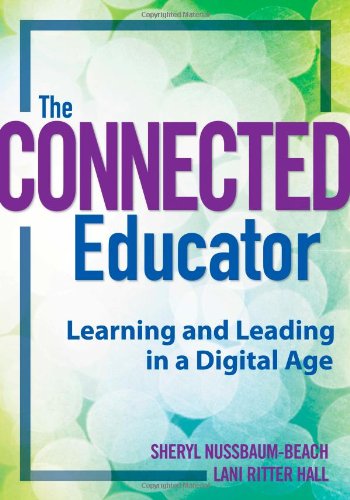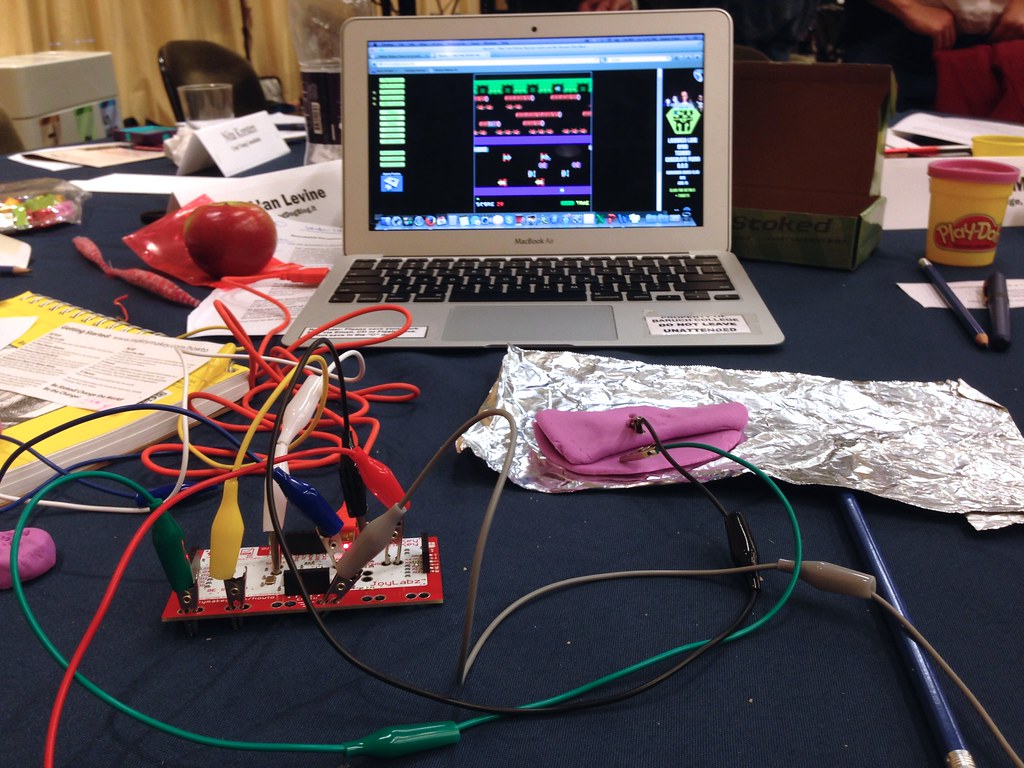 This week in class, we spoke with Robyn Hrivnatz, who is the Marketing and Educator Programs Manager of United States Education at Microsoft. She offered us some insightful experience of using social media in today's world. After teaching in Texas public schools for just under eight years, she transitioned back to computer science, which she studied in college, as a program specialist for Microsoft. Hrivnatz reminded our class on the importance of a strong social media presence; as well as, creating learning communities with professionals and peers on platforms such as Twitter and LinkedIn. Overall, she made it clear for our class that connecting with professionals and having a strong presence on social media will benefit us greatly in our futures, as long as we act appropriately.
This week in class, we spoke with Robyn Hrivnatz, who is the Marketing and Educator Programs Manager of United States Education at Microsoft. She offered us some insightful experience of using social media in today's world. After teaching in Texas public schools for just under eight years, she transitioned back to computer science, which she studied in college, as a program specialist for Microsoft. Hrivnatz reminded our class on the importance of a strong social media presence; as well as, creating learning communities with professionals and peers on platforms such as Twitter and LinkedIn. Overall, she made it clear for our class that connecting with professionals and having a strong presence on social media will benefit us greatly in our futures, as long as we act appropriately. After our chat with Hrivnatz, we shifted into a new direction for our class; we attempted to make a simple circuit to power a game of Frogger on a laptop. We had just a few tools to accomplish our goal: a Makey Makey kit, play doh, a banana, tin foil, cardboard, and celery. The concept seemed simple enough; I had some knowledge of electric circuits before class, but not enough to fully understand what to do when I needed to make one for myself. I thought I might have been able to figure it out pretty quickly, but we struggled quite a bit in the beginning. We originally tried to use the cardboard but soon realized we weren’t making any headway; we switched to tin foil and were able to get the frog to move, but we weren’t able to control it. After a while, we gave up with the tin foil and moved to play doh. We made four little buttons, and put the clamps in and connected the clamps to the circuit board. At first we thought we were still stumped but realized we needed the person holding the ground wire to be the one controlling the game. We learned that different materials work better than others to conduct electricity; also, we learned that simple circuits can control a lot of different things.
After our chat with Hrivnatz, we shifted into a new direction for our class; we attempted to make a simple circuit to power a game of Frogger on a laptop. We had just a few tools to accomplish our goal: a Makey Makey kit, play doh, a banana, tin foil, cardboard, and celery. The concept seemed simple enough; I had some knowledge of electric circuits before class, but not enough to fully understand what to do when I needed to make one for myself. I thought I might have been able to figure it out pretty quickly, but we struggled quite a bit in the beginning. We originally tried to use the cardboard but soon realized we weren’t making any headway; we switched to tin foil and were able to get the frog to move, but we weren’t able to control it. After a while, we gave up with the tin foil and moved to play doh. We made four little buttons, and put the clamps in and connected the clamps to the circuit board. At first we thought we were still stumped but realized we needed the person holding the ground wire to be the one controlling the game. We learned that different materials work better than others to conduct electricity; also, we learned that simple circuits can control a lot of different things.
Chapter nine of "The Connected Educator" focuses on 'What the Future Holds'. This chapter wraps up everything that was covered and aims to get teachers to use all the skills and tools they have acquired. They broke it up into four components, known as Learning 2.0, which are: knowledge, pedagogy, connections, and capacity. It is stressed that teachers need to strive to switch the way they reach their learners; they need their students to take responsibility and pursue to improve themselves, while the teachers create dynamic learning environments built to help students reach these goals. It is a tough time to be an educator; change is not going to be easy, but educators need to work through the toughness and get the learning environment to be as successful as possible. The chapter ends with a great sentence that should be followed by everyone: "Choose to be powerful."

With frogger our group was stuck as well, but was able to make the controls work with play doh, banana and two tin foil pieces. It was a struggle but plenty of fun the simple circuits did work best.
ReplyDelete